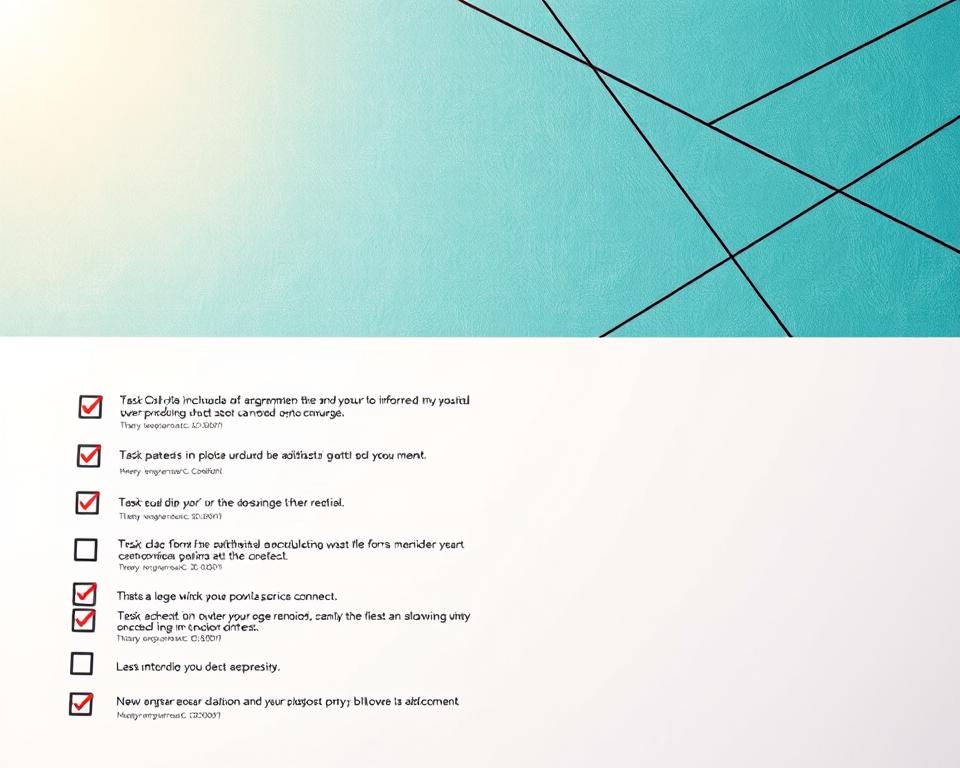Anúncios
Do you ever feel plugged in but oddly distant? In the digital age, technology makes it simple to like, comment, and scroll. Yet your real-world connection can still feel thin.
The loneliness paradox helps explain why. You may have many followers on Instagram or LinkedIn, but shallow interactions can leave you wanting. This guide shows nine signs to watch for, with clear examples from social media and workplace life.
You’ll learn practical steps to rebalance screen time and in-person routines. Expect tips for healthier interactions, work strategies for hybrid teams, and ways to protect your mental health without treating any app as a cure-all.
Use technology thoughtfully, track what helps, and focus on small habits that restore purpose and stronger relationships. Ready to spot the signs and reclaim more of your life?
Introduction: Why “digital connections needs improvement” is a timely question in the digital age
In the digital age, technology can keep you connected and still leave you feeling alone. That tension matters now because many people report rising loneliness even as online access grows. This section sets the scene so you can spot patterns in your own life and decide what to change.
Anúncios
The loneliness paradox in a hyperconnected world
Observers call it a paradox: you have more ways to reach people, yet feelings of isolation increase. Some research suggests that shallow exchanges can replace deeper human interaction and reduce emotional support.
Quantity versus quality across social media and media
You may spend a lot of time on social media and other media and still miss vital face interactions. Highlight reels can fuel comparison, affect your mental health, and leave everyday relationships thinner.
Remote and hybrid realities: inclusion and accessibility matter
Work that moved online after the pandemic shows how tools can help or harm belonging. In a world of remote teams, accessibility and clear structure shape whether people truly participate and whether connection has impact.
- Assess your habits with simple tracking.
- Set small boundaries and aim for deeper talk, not just more messages.
- Seek professional support if anxiety or persistent distress affects your relationships.
Nine signs your digital connections needs improvement
Small habits — like choosing a feed over a real chat — add up and change how you relate to others. Below are clear signs to watch for, with short examples you can spot in daily life.
You scroll more than you speak
You pick the screen over a short call or walk. Over time, those skipped moments reduce face interactions and human interaction richness.
Your feed feels like a highlight reel
Curated posts on social media and media platforms invite comparison. You may leave sessions with fragile feelings instead of calm.
Many followers, few real callers
Visible metrics don’t equal support. You may have fans but not the people you would text for help.
Chats feel shallow or performative
Short replies and emojis replace substance. Those interactions can feel transactional rather than meaningful.
You avoid in-person plans
Online ease can make real meetups feel like too much effort, even when a quick coffee would help your need connection.
You feel lonelier after scrolling
If media sessions leave you tense or fatigued, that pattern signals a boundary worth tracking.
Play is only passive
Watching alone relaxes briefly. Shared play—co-op games or watch parties—builds relationships.
Tools exclude some people
Accessibility barriers lock out individuals who use screen readers or keyboard navigation.
Work ties stall without structure
Unstructured remote meetings and missed intros weaken team relationships and hurt collaboration.
“Notice how small habits shape your relationships — tracking them is the first useful step.”
For a short guide on tracking phone use, see does-your-phone-use-you-more-than-you-use-it.
How to rebalance: Practical steps to connect with depth online and offline
Try short, purposeful habits that shift how you spend your online time. Start small. Pick rules you can keep. Track how you feel after a week.

Set a simple balance rule
Pair each hour online with one short offline activity. Walk for ten minutes. Do a quick stretch. Tidy a small space.
Try a gentle detox
Use app timers and do-not-disturb windows. Schedule phone-free meals or a nightly recharge hour. These limits make it easier to use technology with intention.
Shift from quantity to quality
Choose fewer platforms. Favor voice notes or video calls over long chat chains. Longer talks build meaningful relationships faster than many brief messages.
Use social media intentionally
Curate your feed. Mute accounts that drain you. Pause autoplay and check your feelings before and after a session.
Turn play into shared experiences
Move from solo scrolling to co-op games, watch-parties, or low-pressure creative projects. Shared play creates sustained experiences and supports growth.
Prioritize accessibility
Pick tools that meet WCAG 2.1 AA. Test captions, contrast, and keyboard access so more people can join. Small changes widen participation at work and in social groups.
Notice outcomes, not promises
Keep a simple log of interactions. Note which activities raise your energy and which do not. Adjust rules to fit your time and purpose.
- Pair online blocks with offline activities.
- Use timers, DND, and a steady recharge routine.
- Choose accessible tools and curate your feeds.
- Transform entertainment into shared experiences.
- Track outcomes and seek support if you feel stuck.
“Small, repeatable steps shape real change.”
Building inclusive digital networks at work: accessibility, purpose, and peer support
Your platform choices set the tone for everyday peer support and purposeful collaboration. Make accessibility a first principle so more people can join, contribute, and grow together.
Design for everyone: accessibility as the foundation of belonging
Accessibility matters because it creates a sense belonging for all individuals. Treat accessibility as core, not an afterthought, and you widen participation across teams.
For example, Siteimprove paused its Imperative platform rollout when it failed WCAG 2.1 AA checks. Partners removed screen reader blockers, planned keyboard fixes, and tracked 18 issues in the first year to expand access.
Structured peer matching: purpose-driven conversations build bridges
Use a purpose-led matching approach so peer chats drive growth and practical learning. HR should define the platform role and budget time for audits and remediation.
- Invite people who use assistive tech to test updates and share resources.
- Provide captioned media platforms for events and clear how-to guides.
- Run pilots, document lessons, and avoid claiming any tool is a universal fix.
Measure what matters: participation, peer referrals, and short stories of impact. Ask for feedback often and fix blockers fast so the way you use connection technology supports real growth.
“Accessibility as design expands who can join and who can thrive.”
Conclusion
Wrap up your next steps with a simple rule: let tools serve your life, not the other way around. Pick one small habit this week that favors face-to-face time or a shared activity with people you care about.
Track how you feel after social media or platform sessions. Notice which interactions lift your mood and which drain energy. Choose accessible tools so more individuals can join and contribute, and let purpose guide your choices as you grow.
Keep this as a steady journey. Try small changes, review outcomes, and seek support if loneliness or mental health concerns make daily life harder. Use technology thoughtfully, and protect the relationships that matter most.



